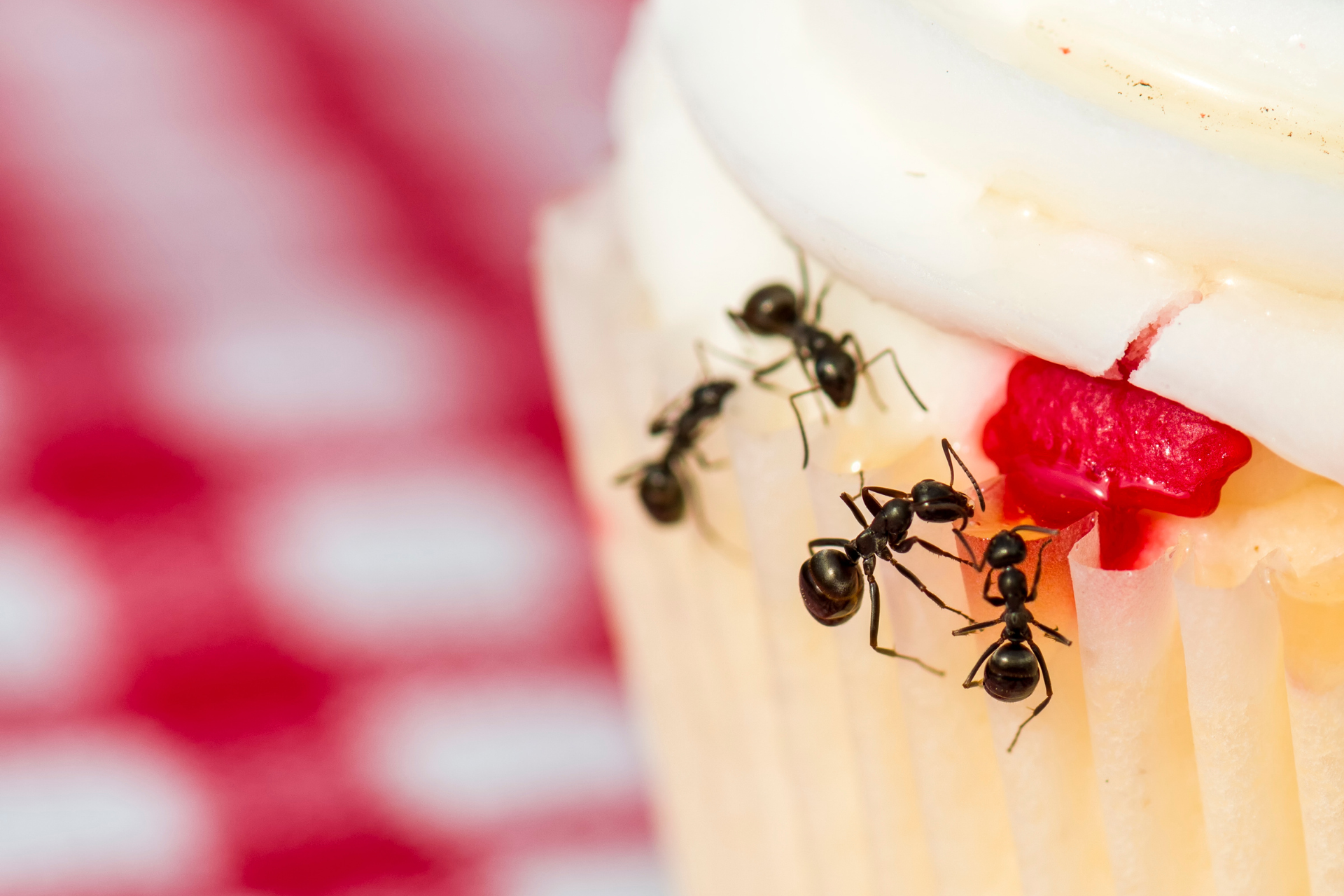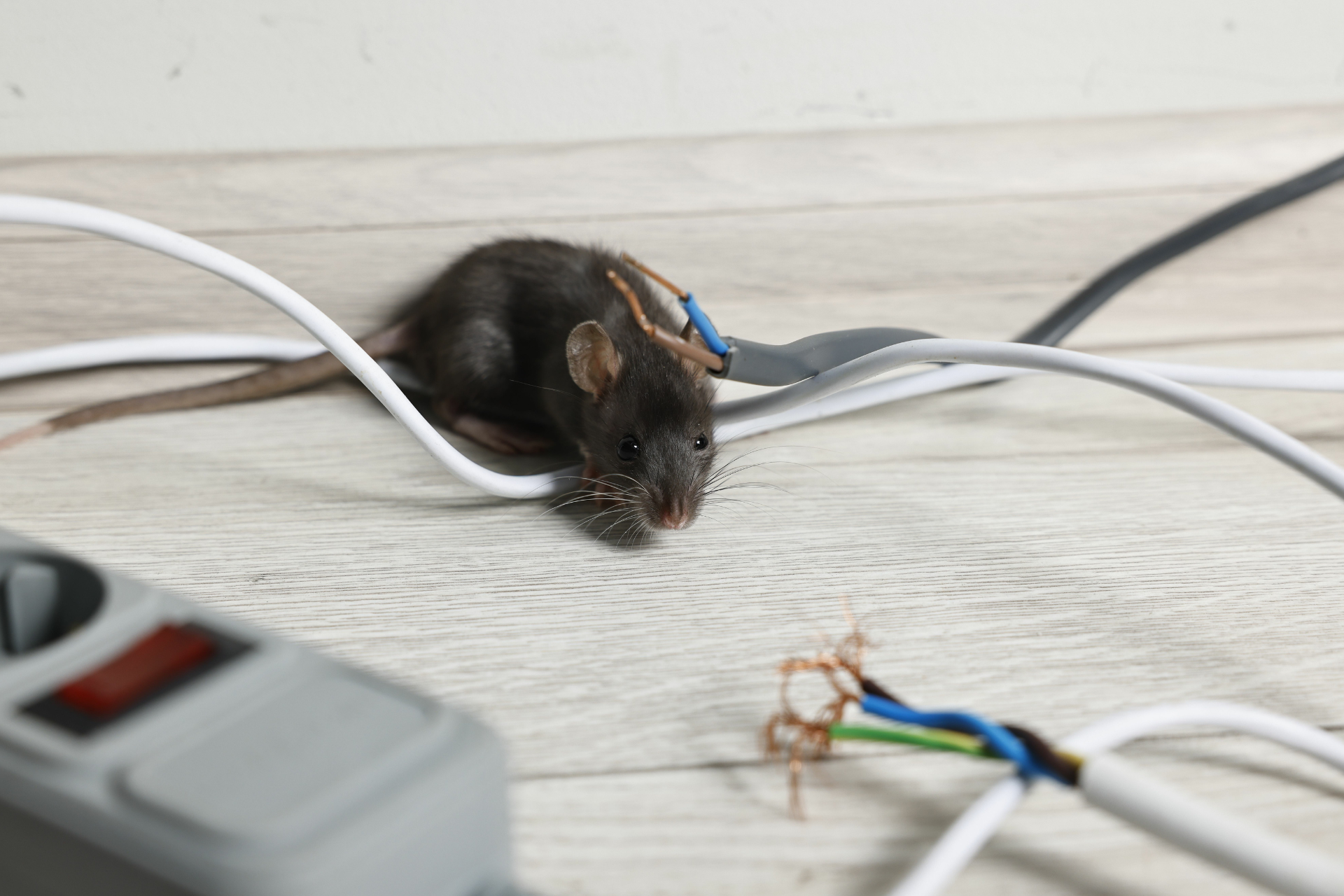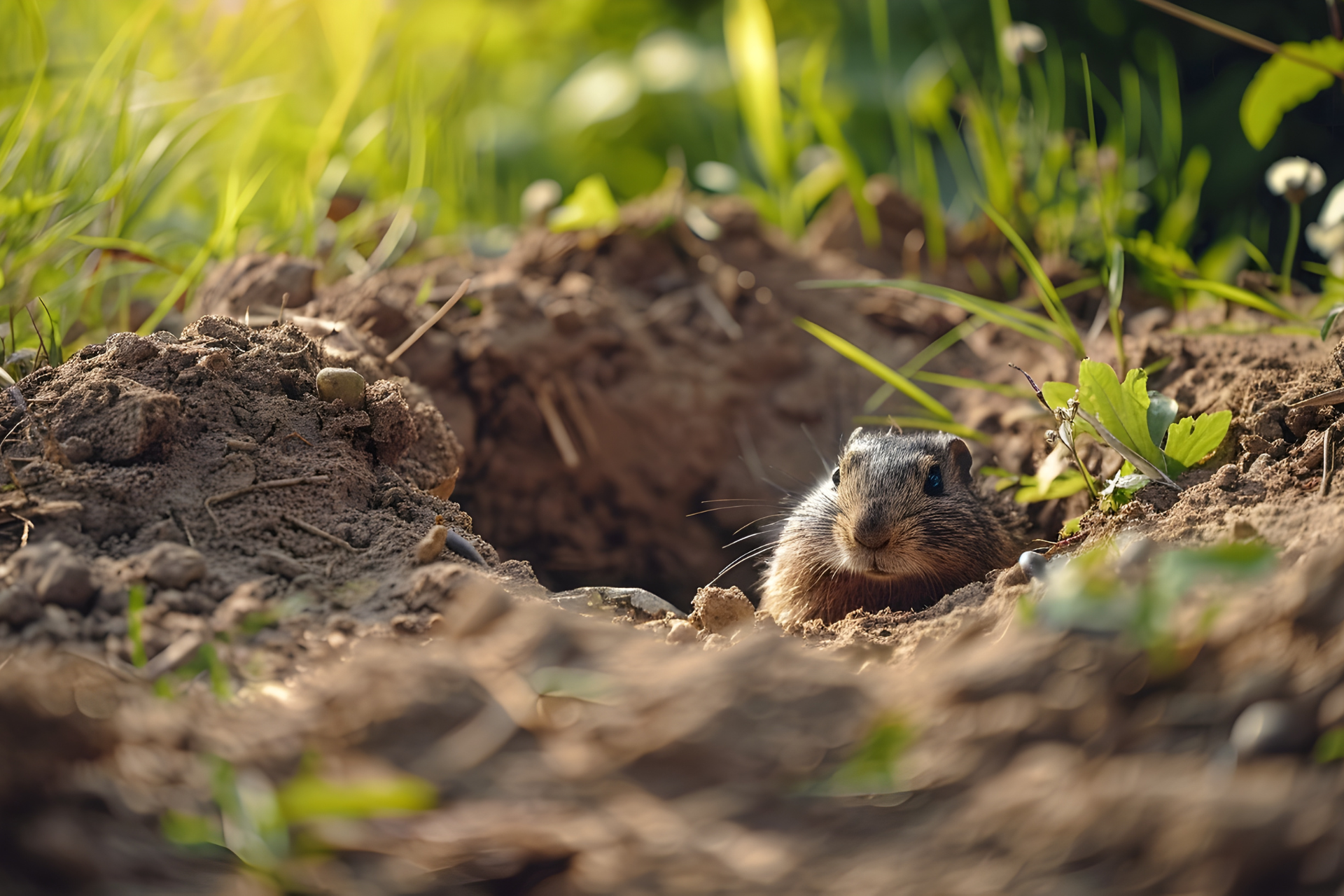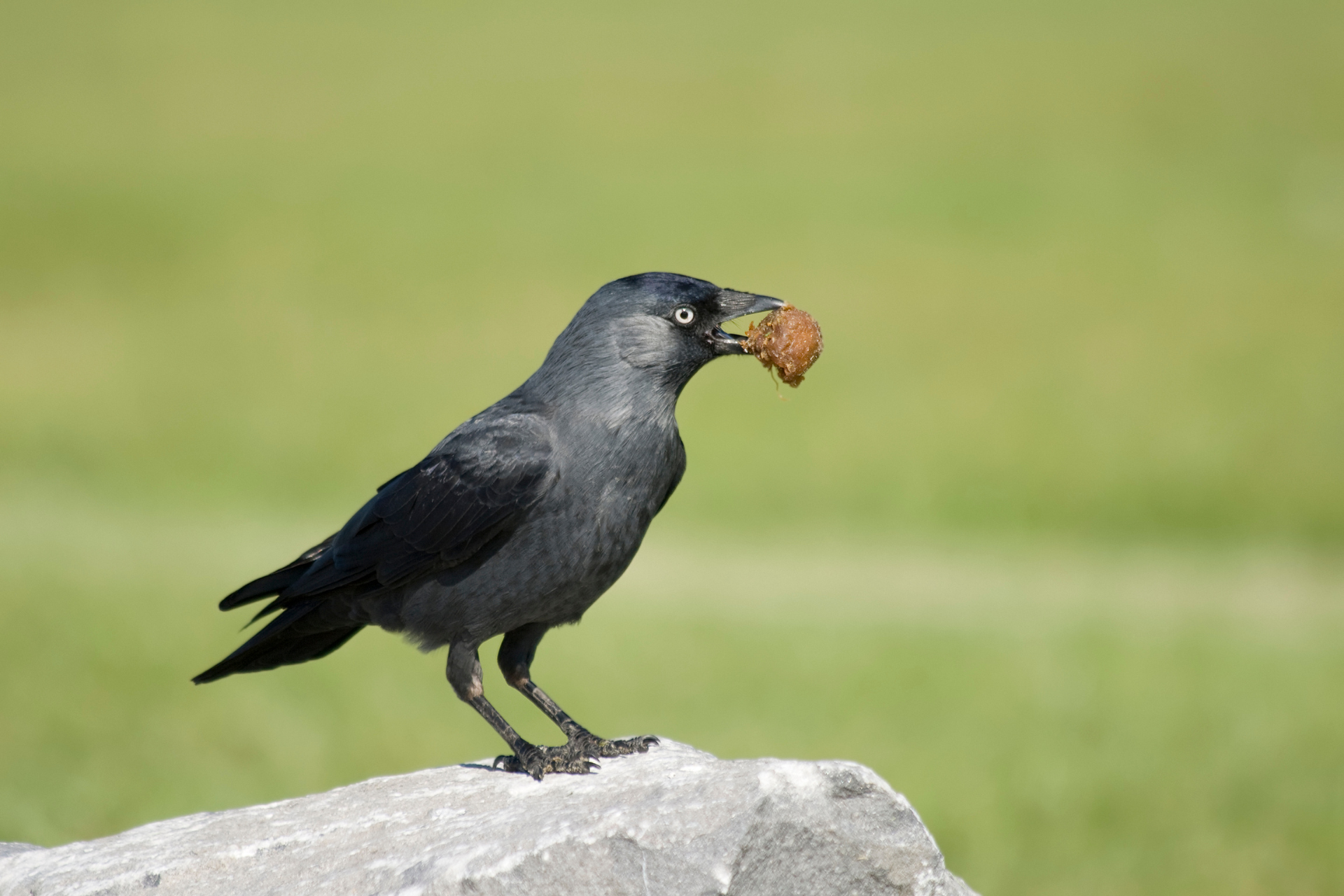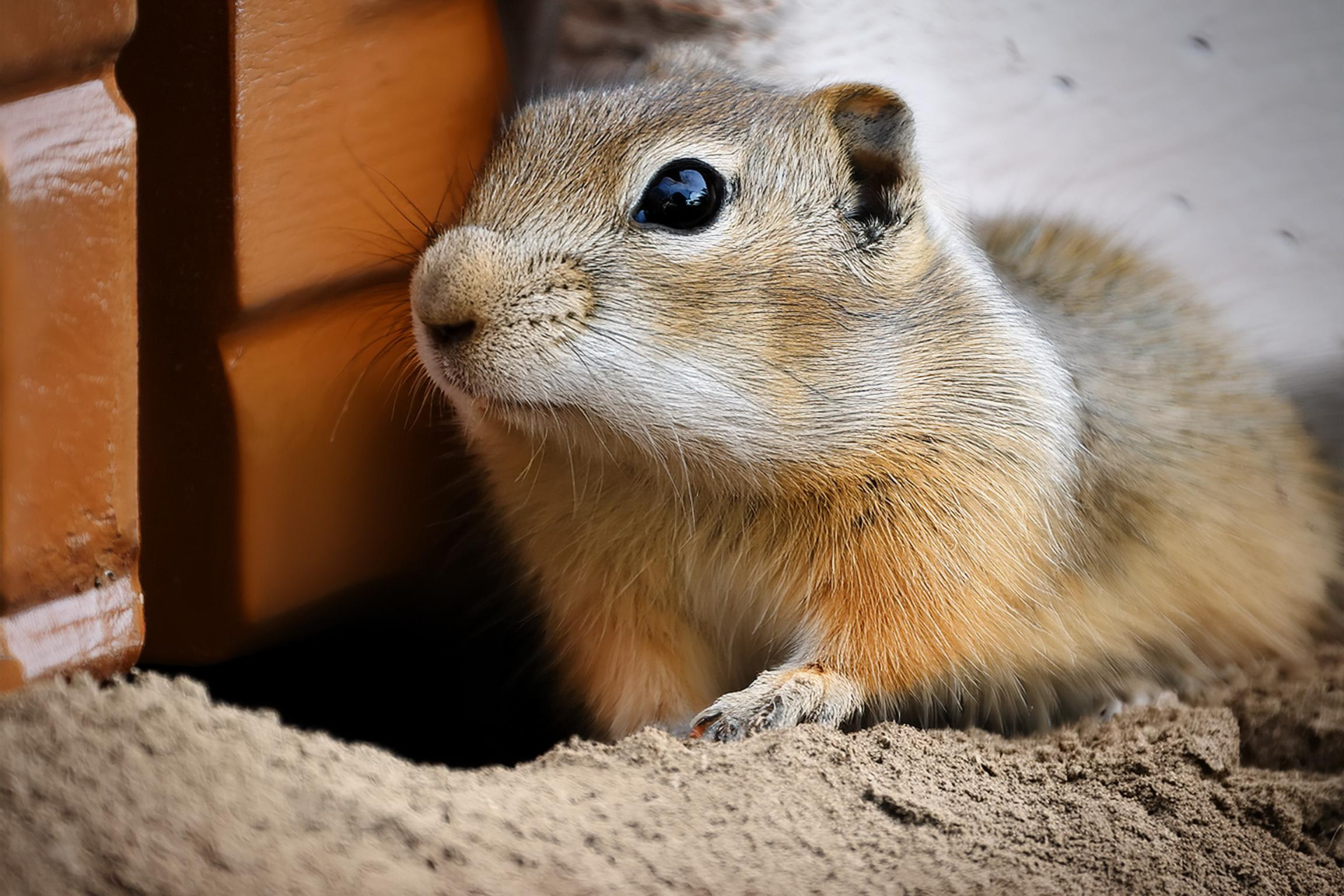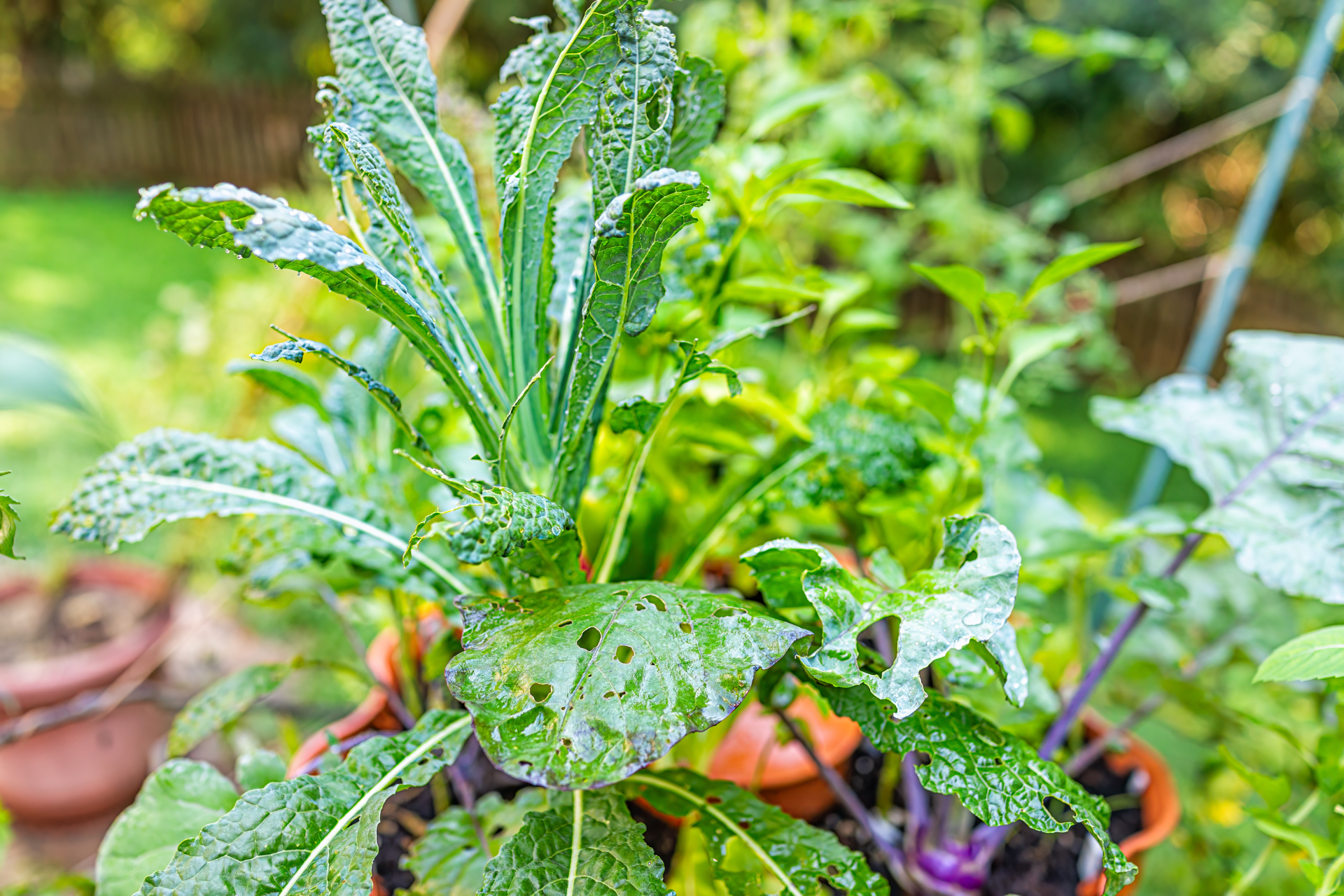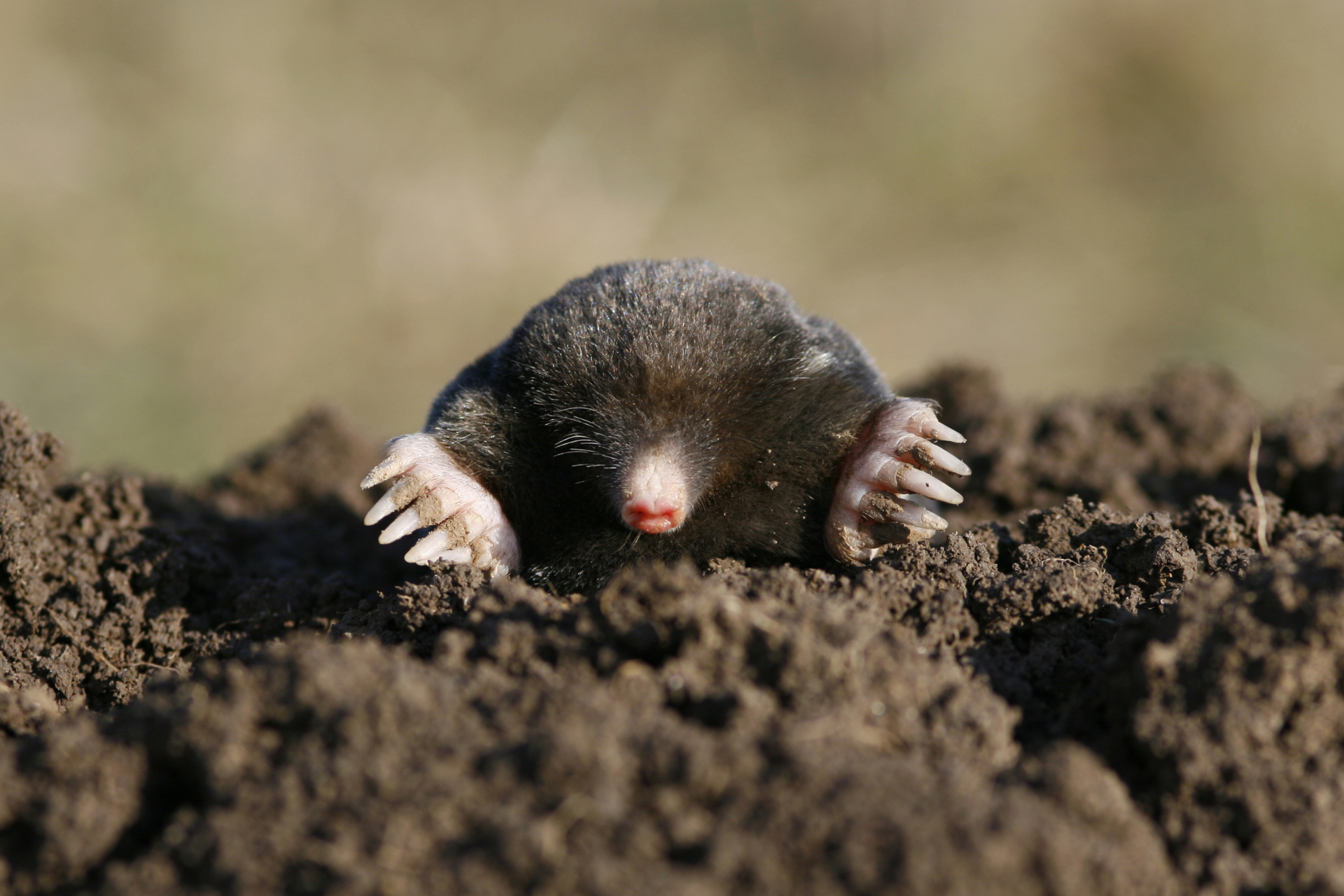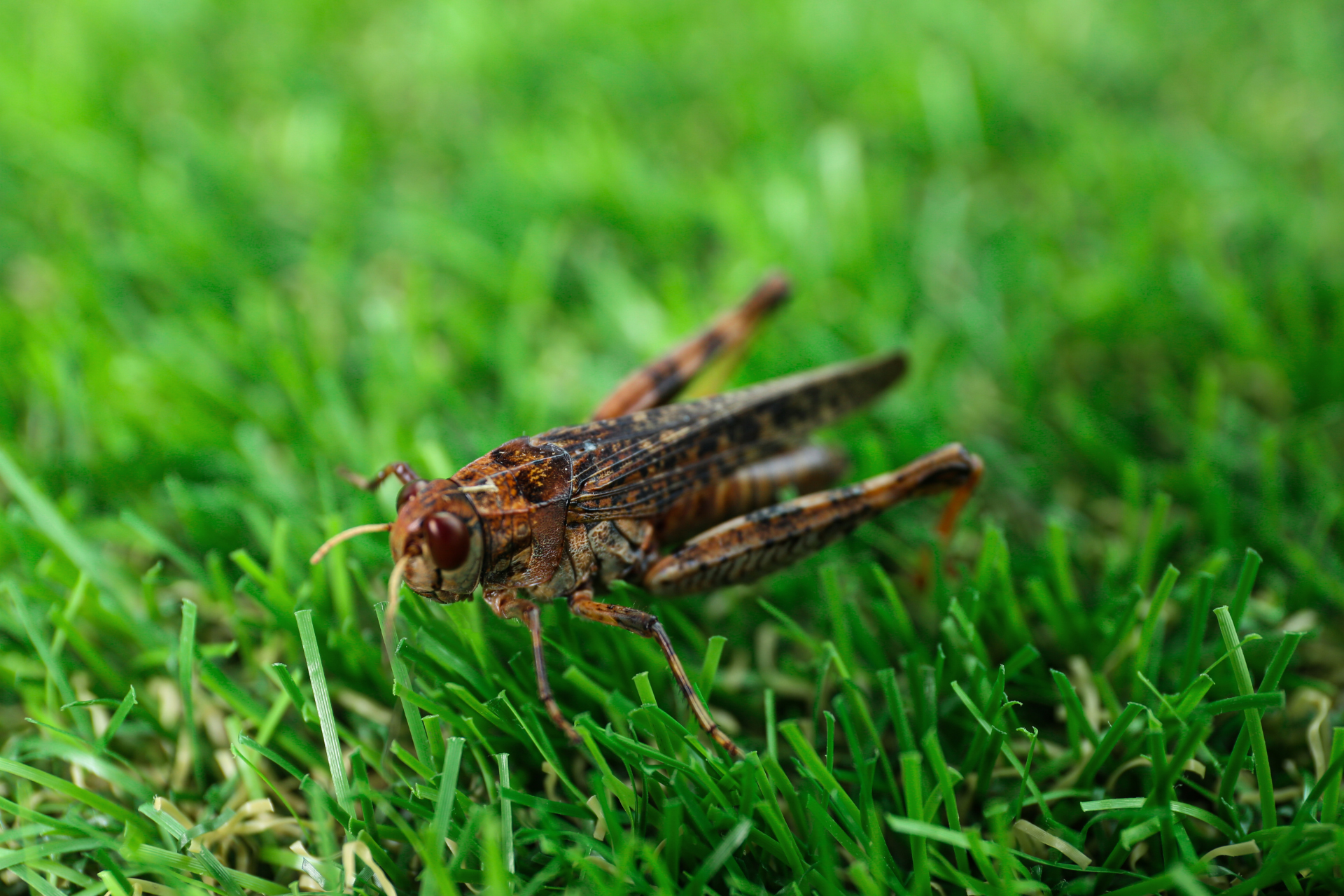The Surprising Connection Between Weather And Pests
Weather patterns play a crucial role in pest populations, often driving changes in behavior, reproduction, and infestation patterns. In areas like Los Angeles, where the effects of droughts, floods, and temperature shifts are becoming more pronounced—especially following recent wildfires—understanding these impacts is vital. Shifts in climate patterns can disrupt ecosystems, forcing pests to adapt quickly and aggressively, often driving them into homes and businesses in search of food, water, and shelter. Extreme weather events break down natural barriers, allowing invasive species to spread more easily. Changes in seasonal timing can cause some pests to emerge earlier or stay active longer, increasing the duration of infestation threats. Urban areas, with their heat-retaining surfaces and water sources, often become refuges for displaced pests. Additionally, disrupted predator-prey relationships due to climate shifts can lead to population surges for certain pest species. This complex interplay highlights the deep connection between weather patterns and pest behavior, emphasizing the importance of proactive pest management strategies.
Naturally Changing Weather Conditions
Drought conditions can have a surprisingly significant impact on pest behavior. As natural water sources dry up, pests like rodents, ants, and cockroaches are driven into buildings seeking moisture. The scarcity of water forces pests to exploit any available resource, including condensation from pipes and leaky faucets. Dry conditions also create cracks in the soil and foundations, providing new entry points for pests to invade structures. The recent wildfires near Los Angeles have compounded the effects of drought, stripping away vegetation and destroying natural habitats, which forces wildlife and pests to migrate into urban areas. This displacement increases the likelihood of infestations, as pests compete for limited resources in new environments. Additionally, drought weakens trees and plants, attracting pests such as bark beetles that further disrupt ecosystems. As pests become more aggressive in their search for shelter and water, homes and businesses face heightened risks of invasions.
Flooding, on the other hand, drives pests to higher ground. Heavy rains can flush out nesting sites for insects such as ants, termites, and cockroaches, forcing them indoors to escape the rising water. Saturated soil can push subterranean pests into foundations and walls. Mosquito populations, notorious for breeding in standing water, surge after floods, increasing the risk of bites and spreading diseases like West Nile virus. The combination of drought and sudden heavy rainfall in Southern California creates ideal conditions for mosquito outbreaks. Additionally, floodwaters can carry pests like fire ants, causing infestations in unexpected places. Rodents often seek dry shelter in homes and attics when their burrows are flooded, leading to increased infestations. Basements, crawl spaces, and garages become prime targets for these displaced pests. The lingering humidity following a flood can also attract mold and insect infestations, compounding post-flood pest problems.
Temperature fluctuations, especially the rising heat experienced during California summers, can accelerate pest life cycles. Warmer temperatures shorten the reproductive cycles of insects, meaning pests such as fleas, ticks, and mosquitoes multiply more rapidly, increasing infestations. Prolonged heat waves can expand breeding seasons, leading to more generations of pests within a single year. Heat also drives pests like scorpions, spiders, and ants indoors to escape extreme conditions, creating higher chances of household infestations. On the other hand, sudden cold snaps push rodents indoors in search of warmth and shelter, often nesting in attics, walls, and basements. Additionally, fluctuating temperatures can confuse pest behaviors, causing early hatching or migration patterns that disrupt ecosystems. These shifts in behavior due to temperature extremes are becoming more common as climate patterns become increasingly unpredictable, making proactive pest management even more critical for property owners.
The aftermath of wildfires creates a unique set of challenges. Wildfires destroy vegetation and disrupt entire ecosystems, forcing pests to relocate quickly. Rodents, in particular, are highly mobile and often invade neighborhoods when their natural habitats are destroyed, seeking food and shelter. Birds, displaced from scorched habitats, may carry ticks and other parasites into urban areas. Insects such as beetles and termites, which thrive on dead wood, become more prevalent, exploiting fallen trees and debris to nest and multiply. Additionally, ash and debris can clog drainage systems, creating stagnant water pools that become breeding grounds for mosquitoes, increasing the risk of vector-borne diseases. Fire-damaged landscapes can also lead to weakened tree roots, attracting wood-boring pests that further harm the recovering ecosystem. These post-fire conditions create an ideal environment for pest infestations, compounding the ecological damage and making pest management a critical part of wildfire recovery efforts.
Given these increasing pest pressures driven by weather patterns, it is essential to have a reliable pest management partner. At 101 Gopher and Pest Control, we understand the challenges that changing weather and natural disasters bring to pest control. Our team is experienced in managing the types of infestations common in the Los Angeles area, especially those driven by droughts, floods, and wildfire aftermaths. We offer tailored solutions to protect your home or business from pests, no matter what the weather brings. Contact 101 Gopher and Pest Control today for expert, local service that keeps your property safe year-round.

